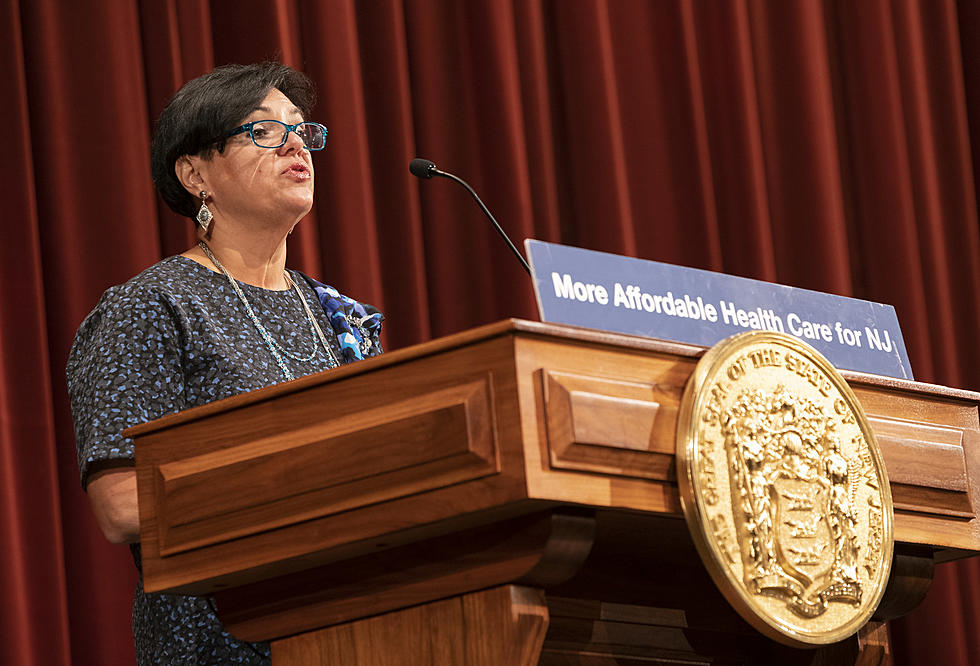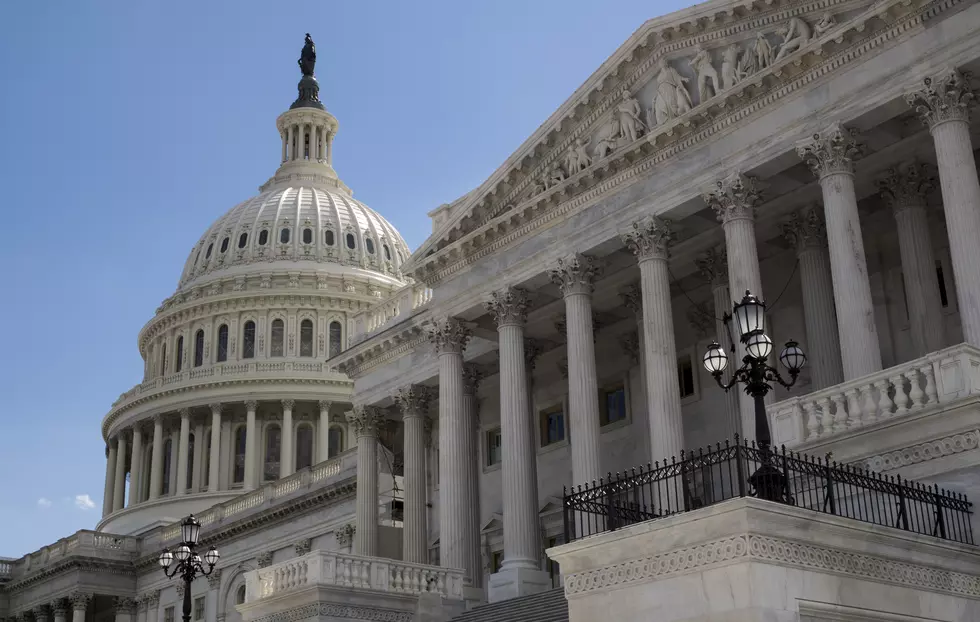
Premiums expected to rise in many health law markets
Premiums are expected to rise in many parts of the country as a new sign-up season under President Barack Obama's health care law starts Nov. 1. But consumers have options if they're willing to shop, and an upgraded government website will help them compare.
Online health insurance markets are entering their third year, offering people who don't have access to job-based coverage a taxpayer-subsidized private alternative. That's helped cut the share of Americans who are uninsured to about 9 percent, a historical low. Still, the many moving parts of the Affordable Care Act don't always click smoothly, and Americans remain divided about "Obamacare."
Here's a look at what's new for 2016:
AVERAGE PREMIUM? NO SUCH THING
The government usually unveils premiums just before the start of open enrollment. Independent experts are forecasting bigger increases in 2016 than last year, averaging from the high single digits to the teens.
But averages won't tell the story. Health care is local. Premiums can vary widely from state to state, and within a state.
Most states won't be like Minnesota, where all five carriers selling individual policies on the insurance exchange have posted double-digit hikes, from 14 percent to 49 percent.
They're not likely to be like southern California either, where officials forecast an average rise of 1.8 percent for consumers who stay with their current plan.
For more than 8 in 10 customers, premium increases will be cushioned by taxpayer subsidies. That will absorb most of the cost, but it still may pay to shop around.
THOSE OTHER COSTS
Too many consumers look only at the monthly premium when picking a plan. They shouldn't. Other costs can be just as important. These include the deductible -- the amount individuals must pay each year before their plan kicks in -- and cost-sharing or copays for medical services.
Trying to demystify the process, HealthCare.gov will offer a new calculator to help customers decide what kind of plan is better. It will look at their out-of-pocket costs, based on expected medical needs.
Tip: Patients who need medical follow-up for ongoing health issues may come out ahead by paying a higher monthly premium for a plan that has lower out-of-pocket costs. Instead of picking a plan at the "bronze" coverage level, they might look at "gold" instead, or even "platinum."
SMOOTHER RENEWALS?
As before, returning customers who don't want to make any changes will get automatically re-enrolled. That process will be smoother this year, insurers say, because the government has better information to update subsidies for customers who just want to keep the same plan.
Tip: Returning customers must make sure to file a tax return. Those who got subsidies in 2014 could lose their financial assistance next year if they have not filed.
PENALTY PERIL
The tax penalty for people remaining uninsured in 2016 is no slap on the wrist. It's high enough to cover several weeks of groceries.
The fine will rise to the greater of either $695 or 2.5 percent of taxable income. That's for someone without coverage for a full 12 months. This year the comparable numbers are $325 or 2 percent of income, whichever is greater.
Several organizations, from TurboTax to the nonpartisan Tax Policy Center, will be offering online tax penalty calculators. That can put a dollar figure on the trade-offs for those who are on the fence about signing up.
WEBSITE UPGRADES
Now serving 38 states, HealthCare.gov is getting a makeover that officials say will make it more responsive to customer needs. States running their own health insurance sites also are making improvements.
Changes for HealthCare.gov include new privacy protections. A "privacy manager" will let consumers opt out of embedded connections to third-party advertising, analytics and social media sites. If customers have enabled the "Do Not Track" setting on their browsers, the government will automatically honor their preferences in regard to receiving digital advertising from HealthCare.gov.
Online tools to look up doctors, hospitals and prescription drugs are in final testing. Consumers will be able to skip some additional research previously required to find out what plans their doctors are in.
Tip: Insurers are urging consumers to "trust but verify." Call doctors and insurers to check provider and hospital listings.
DATE CHANGE
For the third year in a row, the dates for HealthCare.gov's sign-up season have changed.
This time, it's Nov. 1 through Jan. 31, 2016.
Tip: For coverage to start Jan. 1, consumers must enroll by Dec. 15.
(Copyright 2015 The Associated Press. All rights reserved. This material may not be published, broadcast, rewritten or redistributed.)
More From New Jersey 101.5 FM









